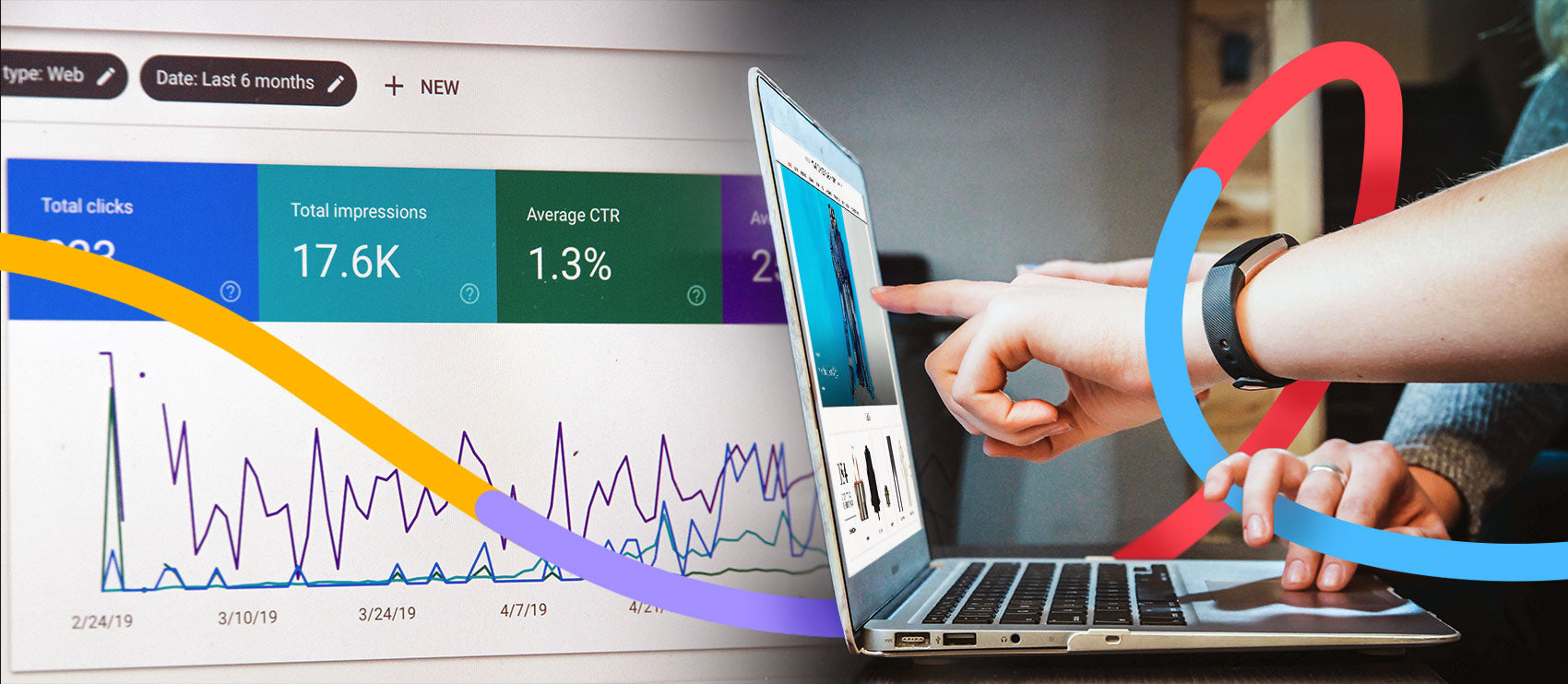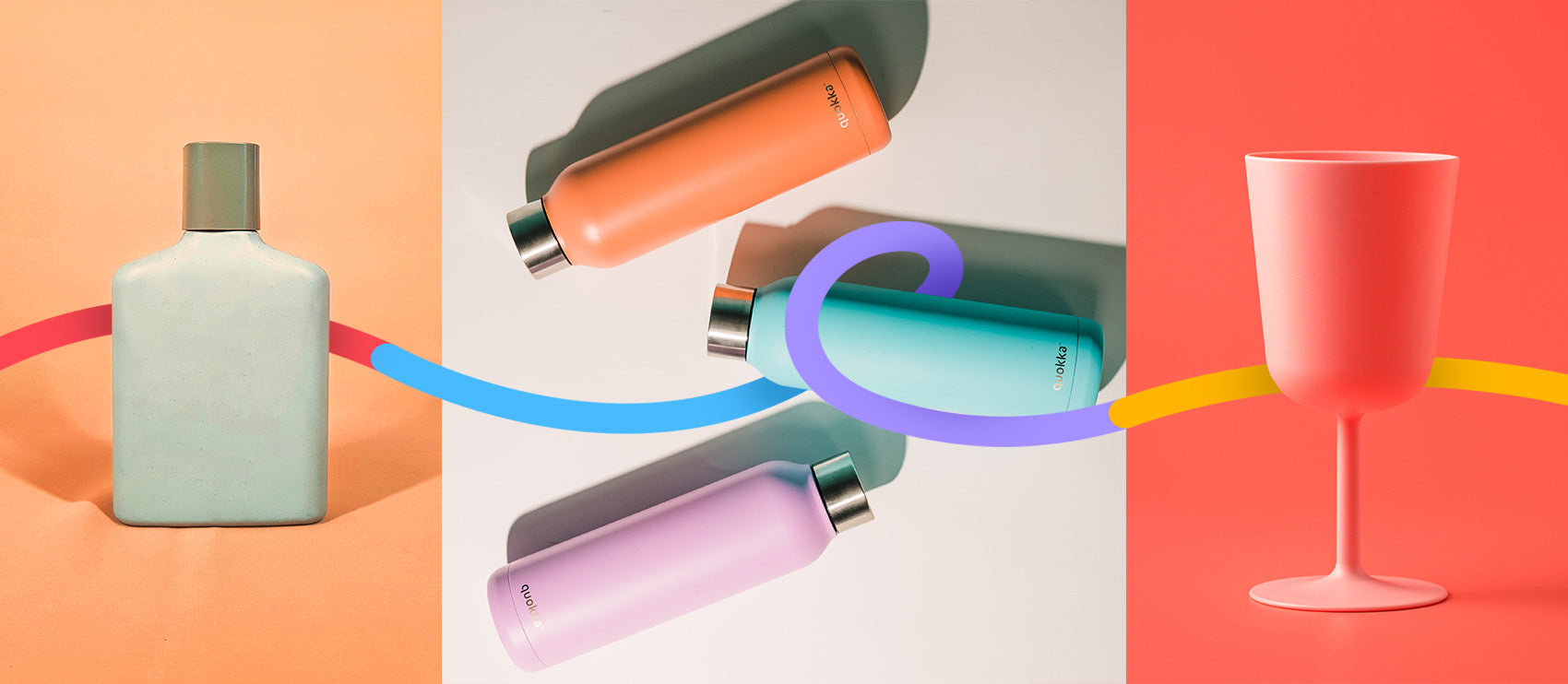As an ecommerce entrepreneur, one of your ongoing challenges is to drive sales. You put plenty of effort into learning about your audience, choosing the right products to sell, and offering great customer service. But what about your product copy and photos — are they optimized to do some of the selling for you?
Yes, the right descriptions and product photography can make a noticeable difference to your business’ bottom line. Images and words tell the whole story: Clearly communicating the features and benefits of your product, demonstrating how that product meets your customers’ needs, and even helping you gain organic search traffic.
Sold on the benefits of polished product descriptions and photos? Here, we’ll round up the top tactics to ensure you create a product page that converts. How well do you know your ideal customer? Are your buyers concerned with value and budget? Or maybe you’re trying to target customers who prefer to purchase high-quality, artisanal products? As an ecommerce seller, you’ll need to know your customer inside and out. That includes their demographics, pain points and needs — and how your product serves those needs. Identifying and understanding your target customers can help you craft product descriptions and photos that resonate with that specific group. The copy can speak to your customers in a tone that catches their attention while also addressing any friction points that might make them hesitate at checkout. The product photos should evoke the same emotions the words make shoppers feel. How do you get to know your ideal customers? If you haven’t already engaged in this exercise, we recommend defining a set of buyer personas. Hubspot offers an excellent guide to get started with buyer persona research. Now that you have a deeper understanding of your customers, it’s time to focus on your products. Start with a full list of each of your product’s features. Write down all the things that make your product unique, as well as all its benefits. Once those items are listed out, it’s far easier to put it all together into a cohesive description, and capture photos to match. Not sure which is which? Let’s examine the difference between features and benefits. Take a look at this product description for Amazon’s Echo Dot. When we pull apart these two paragraphs, you can see it’s chock full of features and benefits. For example: Feature: Built-in speaker In a single sentence, the writer conveys the technical feature (the speaker) and also how you can use this feature to make your life a little easier (as an alarm or light switch). These kinds of product details make your claims about your product more credible. As in the example above, highlighting all the features and corresponding benefits of the Echo goes further to demonstrate that it’s a great addition for any smart home rather than making that statement outright. Then, when shooting the supporting product photos, ensure that your hero features are showcased visually. When it comes to contextual or lifestyle product photos, those scenarios should illustrate the benefits of one or more of the product features. In the Echo Dot example, the rendering showcases how the connected device can turn off lights in various rooms. The image serves as visual proof of the claims the copy is making. Your potential customers aren’t the only ones who will be perusing your product descriptions — search engines will also be scanning your copy. And while Google may be your secondary audience you’re appealing to, optimizing your product copy for search engines can make it easier for the right customers to find you. First, find the right keywords for your product. Use a tool like SEMRush or Google AdWords Keyword Planner to discover the keywords that are relevant for your product. Need a little help with your keyword research? Read through Shopify’s guide to ecommerce keyword research to get a full walkthrough of the process. While no one wants to read anything that’s stuffed to the brim with keywords (how booooring), you can easily optimize your product descriptions with a few quick steps: Up to this point, you’ve only done due diligence — the homework that comes before you put your products online. Once you’ve gathered your keywords, listed your product’s features and benefits, and honed in on your ideal customer, you can begin creating the copy and photos for your product pages. When constructing the content, however, you’ll need to make sure it’s consistent with your brand identity. What exactly does that mean, you ask? According to The Balance, “Brand identity is the message the consumer receives from the product, person or thing. The brand identity will connect product recognition … Brand identity should be a consistent message received by its audience. If a portion of the identity is a particular shade, consistency of the color is imperative in maintaining the product identity. The identity must match the image projected to the public.” Your identity, conveyed through your voice and visuals, conveys a brand’s personality. It establishes who you are and what customers can expect from your company and products. For example, a large corporation may lean toward a conservative, business-like identity, speaking from a position of authority and using safe visuals. On the flip side, a scrappy startup may opt for a voice that’s a touch on the snarky side with creative and playful images to match. One product with the same specifications can be written up in different voices and showcased through different photos. For example, here’s ThinkGeek’s take on Furry Feet slippers: Whereas Zappos describes another pair of slippers in a very different voice: And through different visuals: If you don’t already have brand guidelines, never fear — you can create them. For a little help defining your brand voice, check out the Content Marketing Institute’s guide. And Canva has a great overview of creating your brand’s visual style guide. Now that you know the ins and outs of putting together effective ecommerce product descriptions, you need a website that rounds out the online buying experience.Get to Know Your Audience
Showcase Your Product’s Features and Benefits

Image: Amazon.com
Benefit: Can be used as a smart alarm clock or turn off your lightsInclude Relevant Keywords
Establish and Follow a Consistent Brand Identity

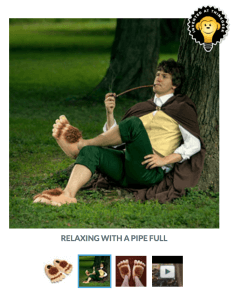
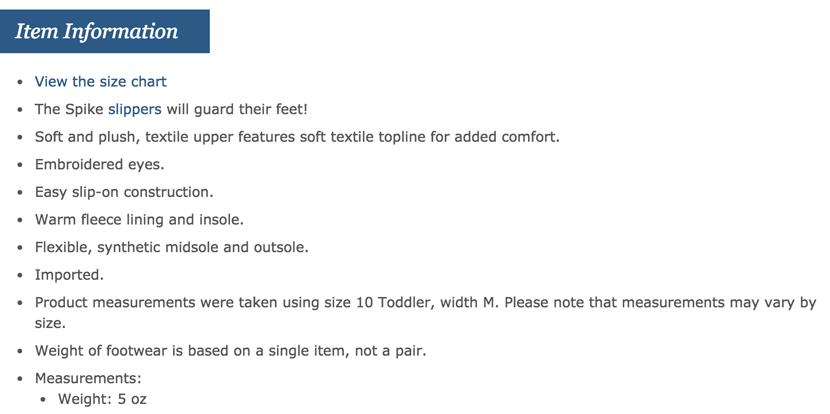
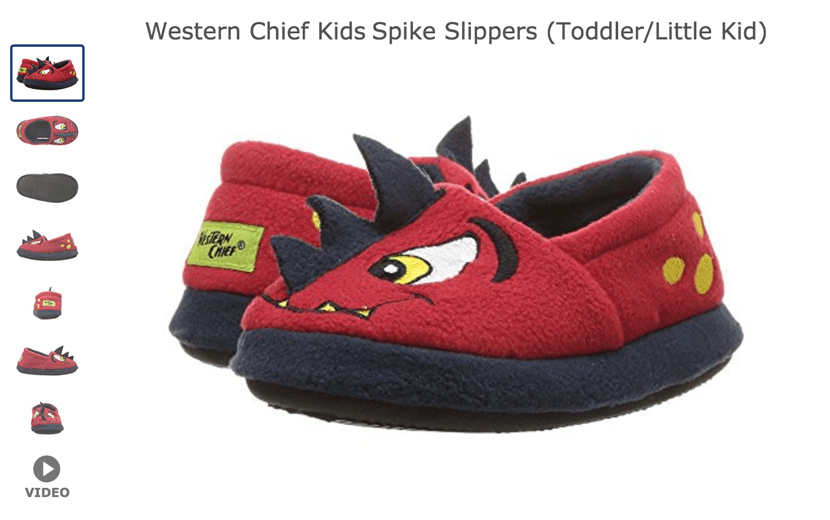
Moving Forward With Product Pages That Sell



